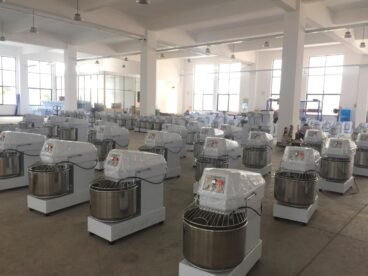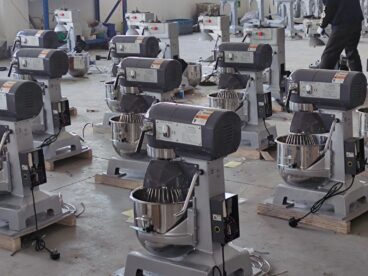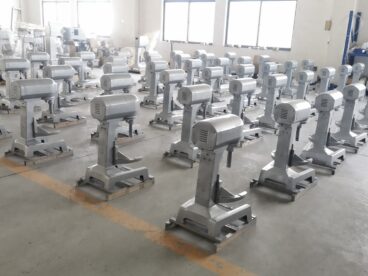- Introduction to Bread Moulder
A bread moulder, also known as a bread shaping machine, is a crucial piece of equipment in commercial bakeries. It is used to shape and mold dough into desired forms before baking. While hand shaping was traditionally used, bread moulders automate this process, ensuring consistency and efficiency in bread production.
- Components of a Bread Moulder
A typical bread moulder consists of several key components:
- Dough Feeding System
The dough feeding system is responsible for delivering the dough to the moulder. It usually comprises a conveyor belt or a dough hopper, depending on the moulder’s design.
- Compression Rollers
Compression rollers are the heart of the bread moulder. They exert pressure on the dough to flatten and shape it into the desired form. These rollers can be adjusted to achieve different dough thicknesses and shapes.
- Pressure Plates
Pressure plates work in conjunction with the compression rollers to further shape the dough. They help ensure uniformity in the dough’s thickness and shape.
- Flour Dusters
Flour dusters are optional components that dust the dough with flour to prevent sticking and facilitate smooth processing.
- How Does a Bread Moulder Work?
Now, let’s delve into the step-by-step process of how a bread moulder works:
Step 1: Dough Feeding
The process begins with the dough being fed into the moulder through the feeding system. The dough is usually in the form of a continuous sheet or a batch, depending on the bakery’s requirements.
Step 2: Compression
As the dough enters the moulder, it passes through the compression rollers. These rollers exert pressure on the dough, flattening it and shaping it into the desired form. The thickness and shape of the dough can be adjusted by modifying the settings of the compression rollers.
Step 3: Shaping
After the initial compression, the dough passes through pressure plates, which further shape it and ensure uniformity in thickness. These pressure plates can be customized to produce various bread shapes, such as baguettes, sandwich loaves, or rolls.
Step 4: Final Touches
Depending on the bakery’s requirements, additional components such as flour dusters may be included in the moulder to apply a thin layer of flour to the dough’s surface. This helps prevent sticking and ensures smooth processing.
- Importance of Bread Moulders in Bread Production
Bread moulders play a crucial role in modern bread production for several reasons:
- Efficiency
Bread moulders automate the shaping process, significantly increasing efficiency compared to manual shaping methods. This allows bakeries to produce large quantities of bread in a shorter amount of time.
- Consistency
By standardizing the shaping process, bread moulders ensure consistency in the size, shape, and thickness of the bread. This is essential for maintaining product quality and meeting customer expectations.
- Versatility
Modern bread moulders are highly versatile and can produce a wide variety of bread shapes and sizes. This versatility allows bakeries to cater to diverse customer preferences and market demands.
- Labor Savings
Automating the shaping process with bread moulders reduces the need for manual labor, resulting in cost savings for bakeries.
- Conclusion
In conclusion, bread moulders are indispensable tools in commercial bakeries, facilitating efficient and consistent bread production. By automating the shaping process, these machines ensure uniformity, versatility, and labor savings, ultimately contributing to the success of bakery operations. Understanding how bread moulders work is essential for bakery owners and operators looking to optimize their production processes and deliver high-quality bread products to their customers.






